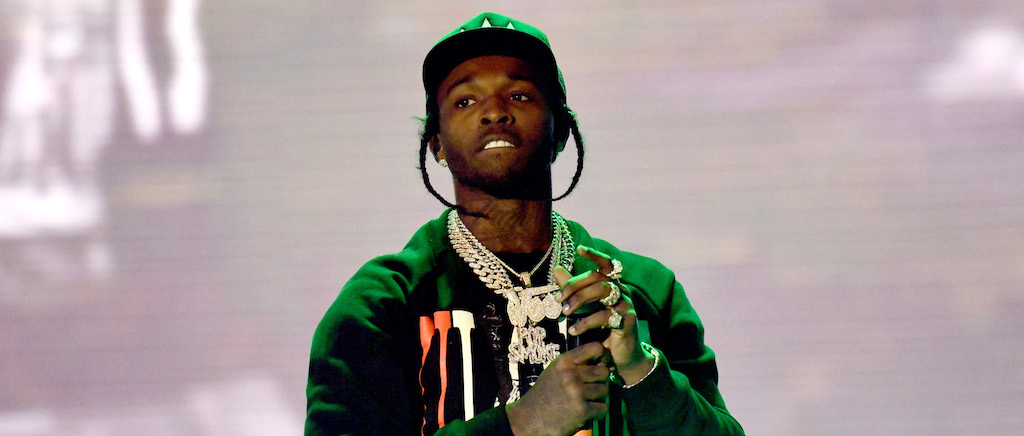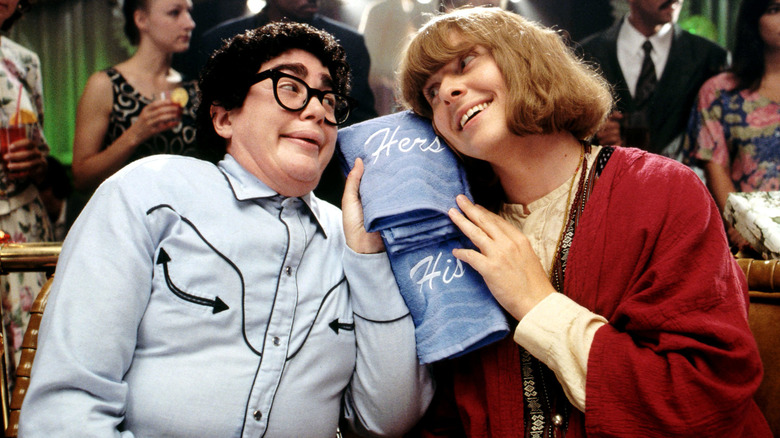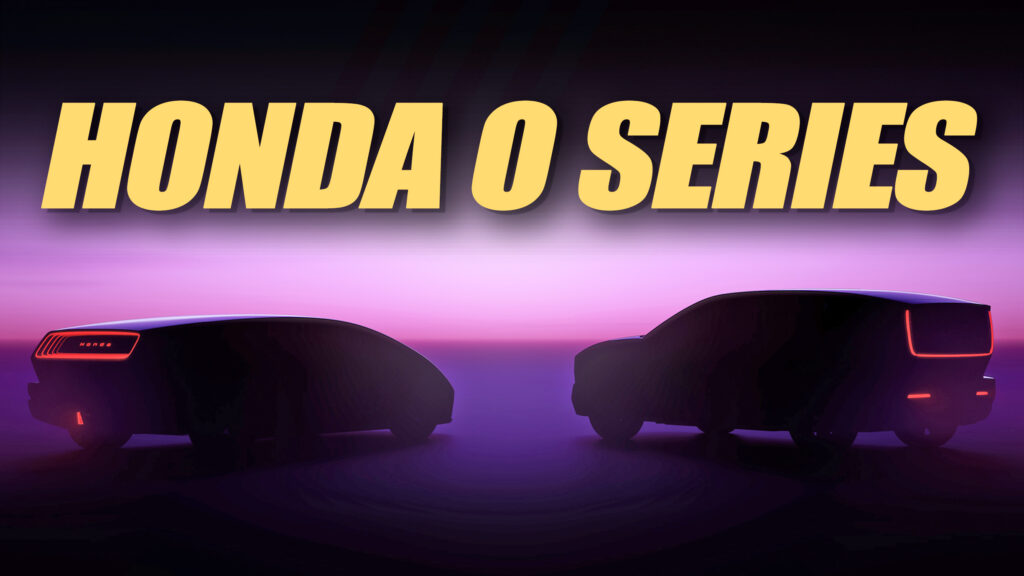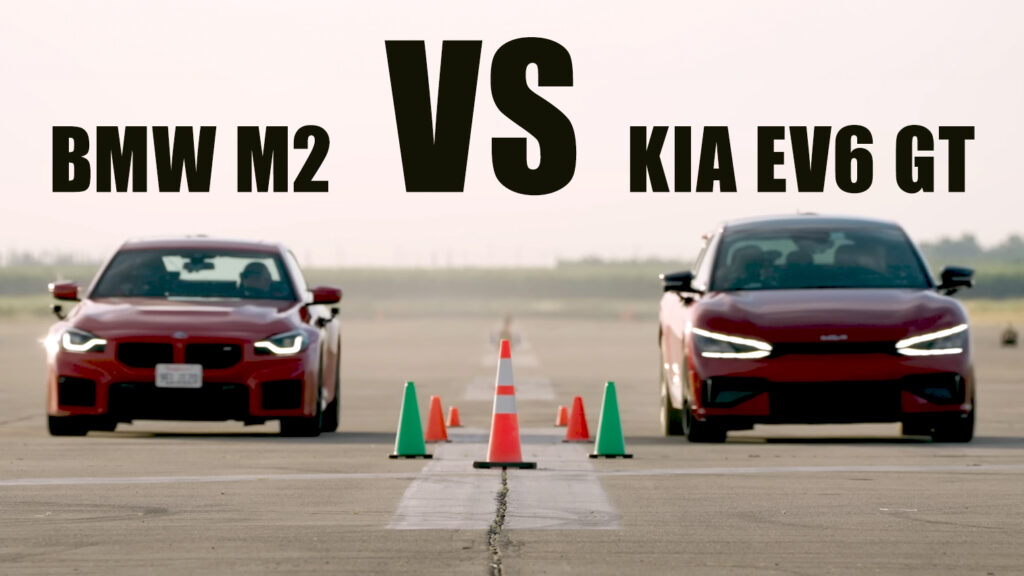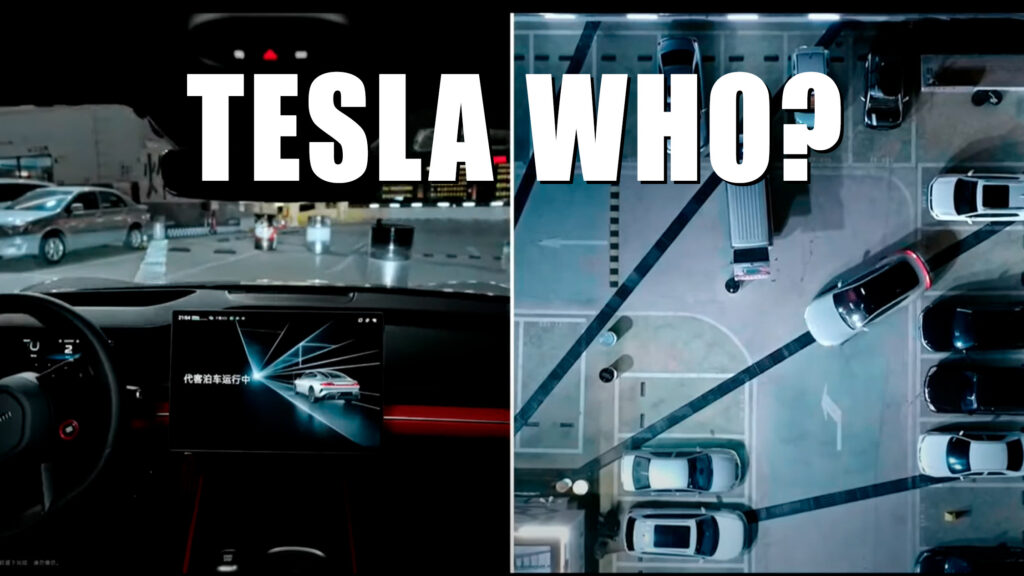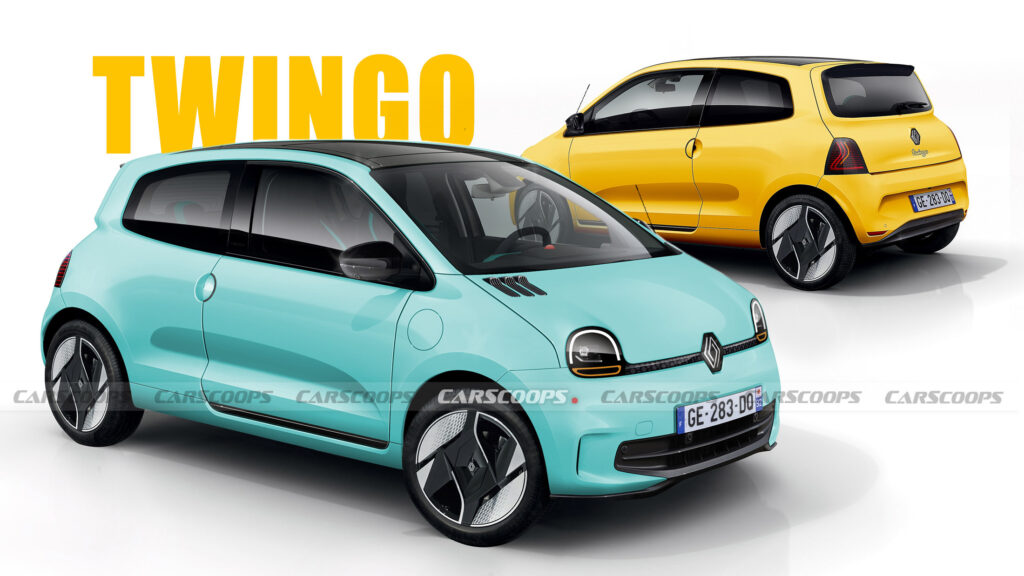The last Camaro rolled off the line in December 2023, and though the name will return, it won’t be on a V8 coupe. So let’s celebrate the long career of Chevy’s classic pony car
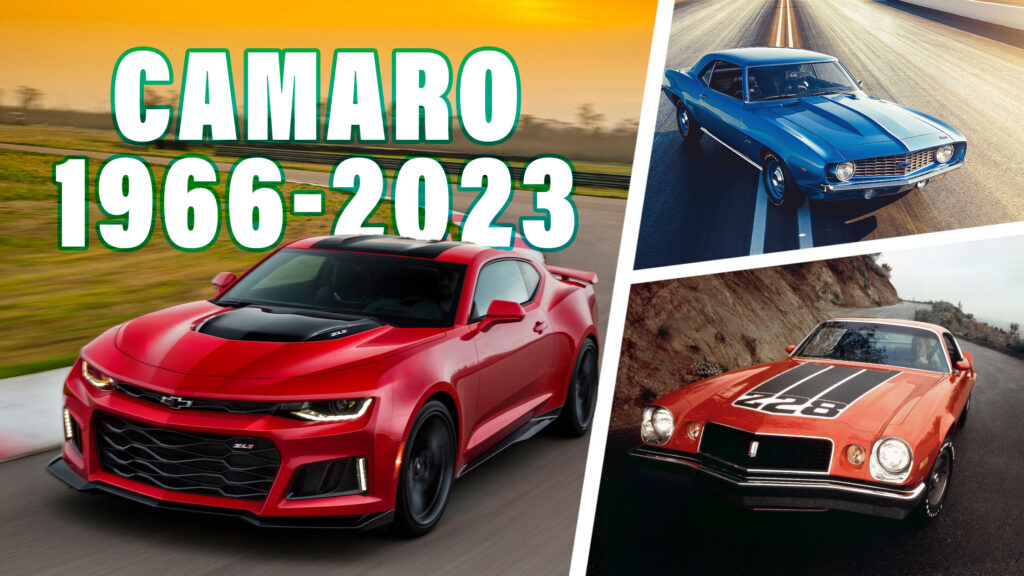
Get your black armbands ready because Chevy has killed off the Camaro. The final sixth-generation bowtie pony car rolled off the line on December 14, and while the Camaro name will almost certainly return, it’s more likely to be on an electric crossover than a two-door V8 coupe. So now’s a good time to pay our respects – and our disrespects – by looking back at the best and worst moments of 57 years and six generations of Chevy’s own pony car.
1967-1969 – 1st Generation
Related: Camaros Don’t Get More Menacing Than The Last 2024 ZL1 Collector’s Edition
There’s no doubt about it: GM was caught on the backfoot by the phenomenal success of the Ford Mustang, which smashed its 100,000-unit annual sales target four times over in 1965. So Chevrolet and Pontiac rushed through plans to spin their own pony car from the platform of the upcoming second-generation Chevy II Nova, offering both big- and small-block V8s to compete with the reskinned ’67 Mustang, which would also introduce its own big-block motor options. The Camaro launched in the fall of 1966 with the Firebird arriving the following spring.
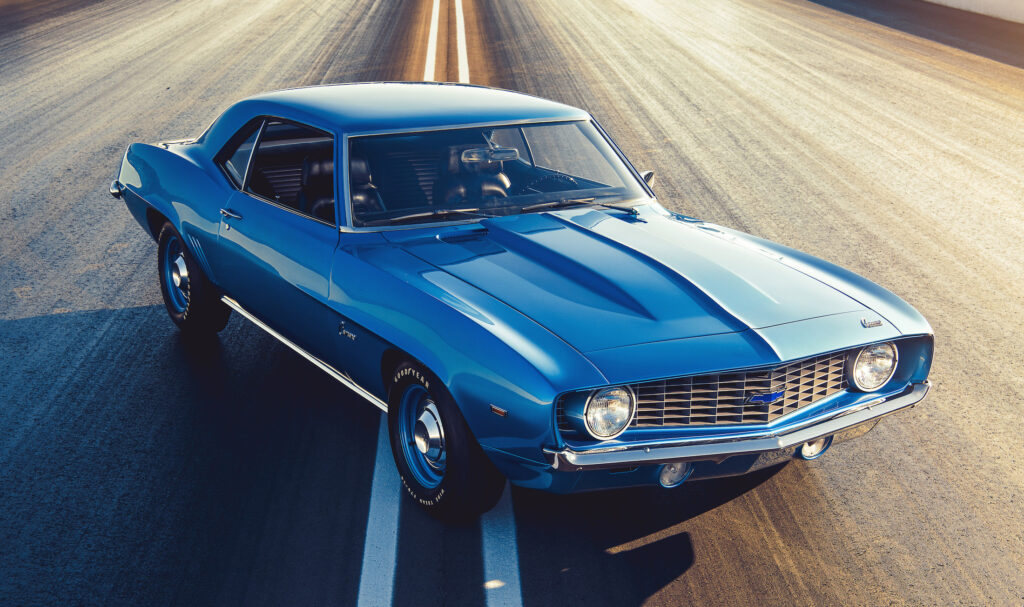
Performance highlight: Between the high-winding (up to 7,000 rpm) Z28 and sheer brute force of the SS 396 (up to 375 hp / 380 PS), Chevy dealers seemingly had every performance angle covered. And you could go even further if you knew which dealers to ask, optioning a Camaro with a cast-iron 427 (7-liter) V8. Sixty-nine examples, like the car above, went a step further and got the now-legendary ZL1 code, signifying a lightweight aluminium V8 intended for drag racing. Producing around 500 hp (507 PS), the ZL1 engine alone cost as much as a base Camaro.
advertisement scroll to continue
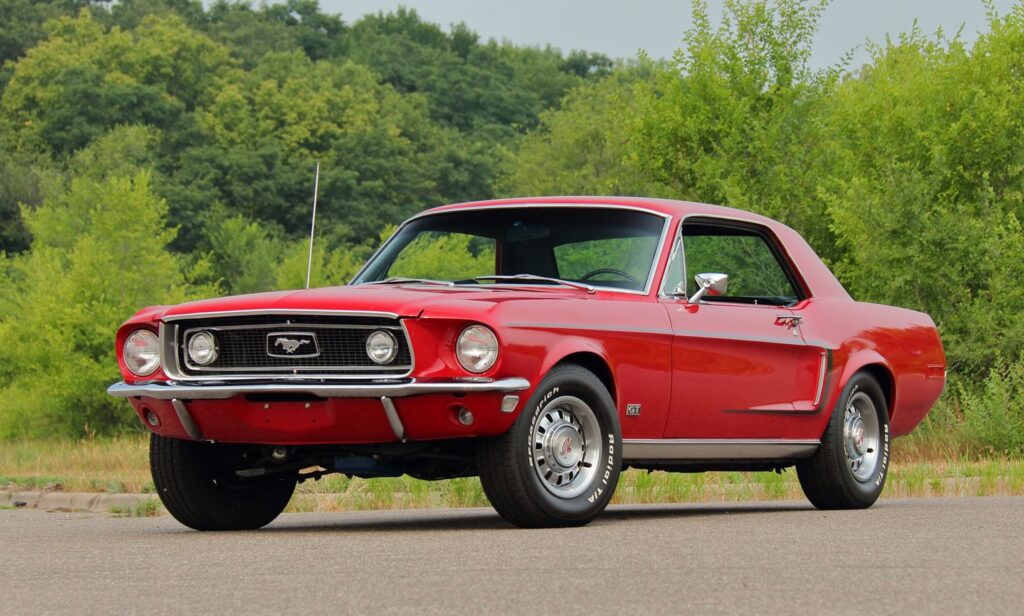
Worst moment: Although the Camaro was a success for Chevy, and won the over-2.0-liter class in Trans Am racing two years running, the Mustang easily outsold it every year between 1967 and ’69.
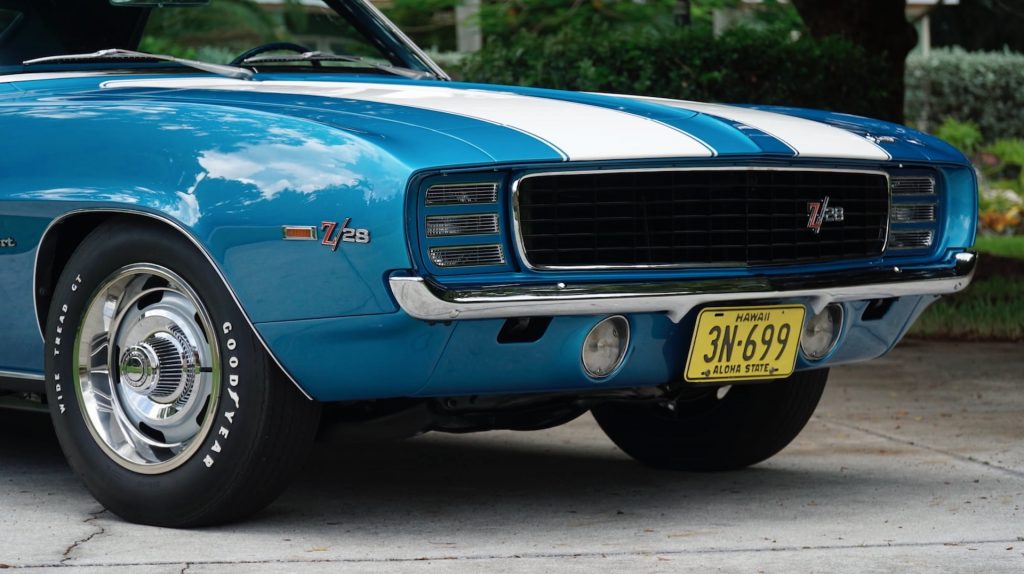
Coolest design detail: The semi-hidden headlights on 1969’s RS package.
1970-1981 – 2nd Generation
A new decade brought a stunning new body for the Camaro that appeared to borrow heavily from Ferrari’s early 1960s V12 coupes. Worries about potential rollover rules meant there was no convertible, and by the mid 1970s, performance wasn’t on the menu either. But the Camaro soldiered on into the early 1980s long after rivals like the AMC Javelin, Dodge Challenger and Plymouth Cuda had kicked the bucket.
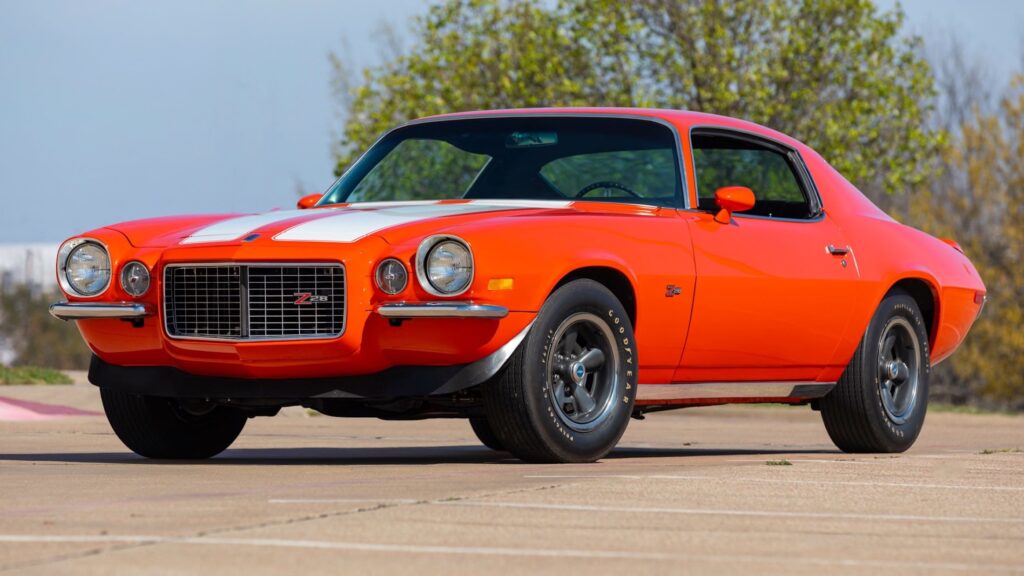
Performance highlight: The Z28 lost its screaming short-stroke 302 for 1970 because the Trans Am series now allowed engines over 305 cu-in (5-liters). But the solid-lifter 5.7-liter LT1 that replaced it was a far better street motor that made more power (360 hp / 365 PS gross), a ton more torque and could be paired with A/C and an automatic for those that wanted it.
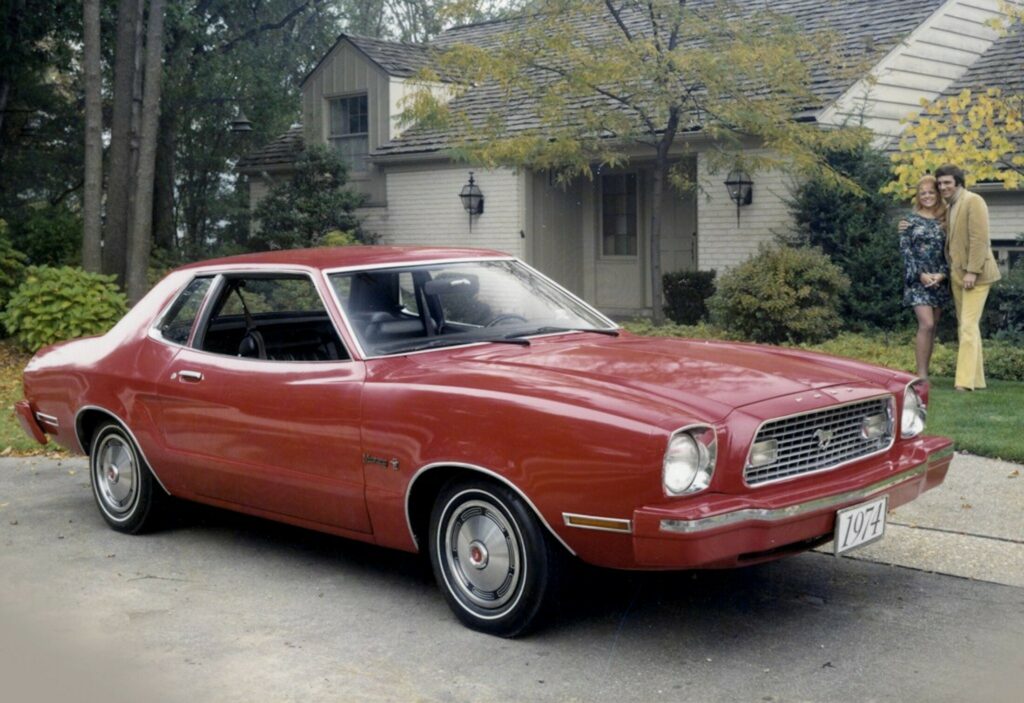
Worst moment: That it lived for twice as long as it should? That 1974’s downsized, anaemic Mustang II (seen above) outsold it two-to-one? Or that performance took such a hit in 1975 and 1976 that Chevy dropped the Z28 altogether? Take your pick.
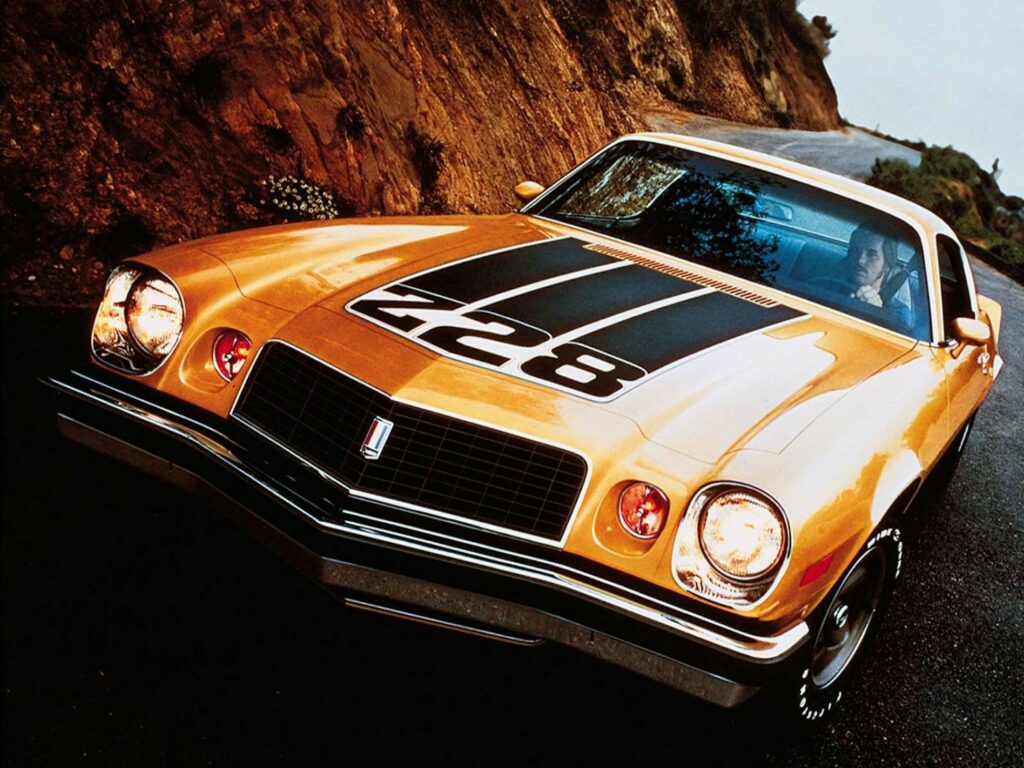
Coolest design detail: You’ll find a lot of love for the ’70-73 extended nose that came with the RS package, but we’ve got a soft spot for the ’74 Z28’s optional hood and tail decals, which helped make up for the detuned 350 and ugly bumpers.
1982-1992 – 3rd Generation
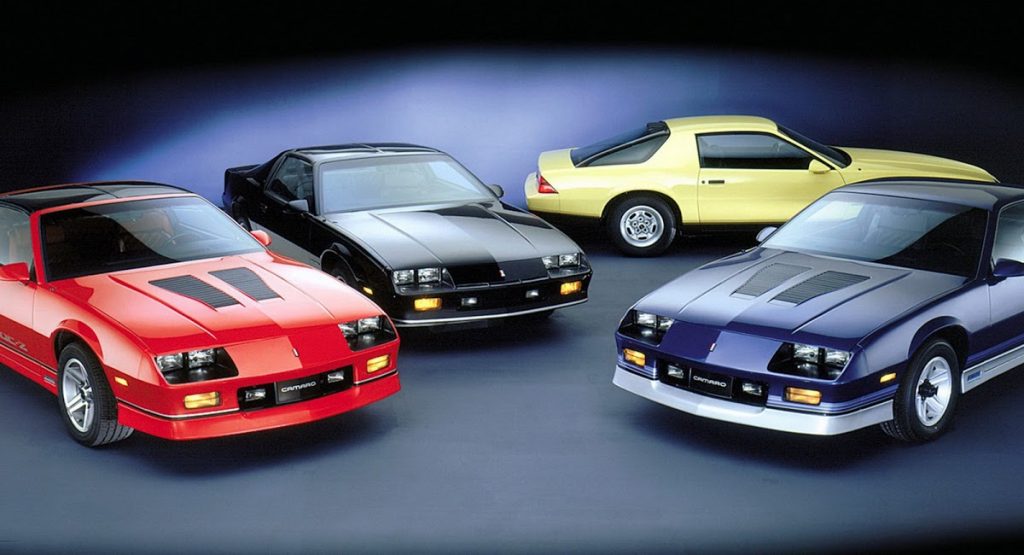
By the time the geriatric second-generation Camaro died in 1981 it was slow, heavy and out of step with the new generation of fuel-efficient Japanese coupe competition. The all-new F-body aimed to fix that with sleek, aerodynamic styling, a stiffer unibody structure, practical hatchback and a 500-lbs (227 kg) diet.
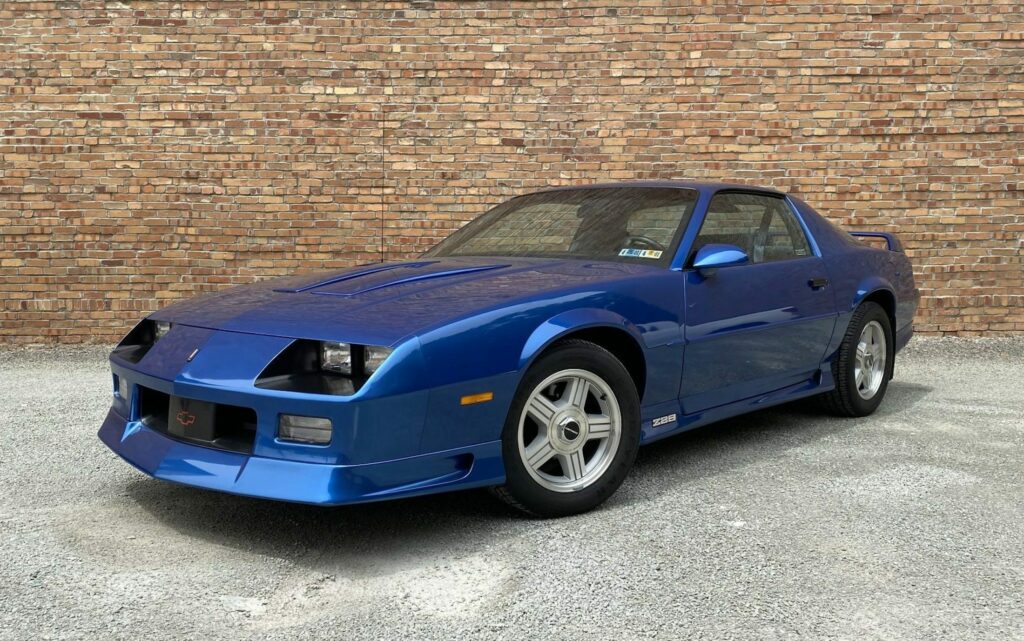
Performance highlight: From a less than auspicious start, the Camaro III’s performance grew through the decade with the addition of models like 1985’s 215 hp (218 PS) Tuned Port Injection 5.0-liter V8 and 1987’s 225 hp (228 PS) 5.7-liter 350.
But the real performance heroes are the small number of cars fitted with the 1LE package (pictured above) designed to help the Camaro achieve success in SCCA Showroom Stock racing. Consisting of goodies like uprated brakes and suspension, an oil cooler, baffled gas tank, aluminium driveshaft and heavy-duty rear axle, they brought Chevy racing glory then, and are very collectible now.

Worst moment: The base third-gen got Camaro’s first ever four-cylinder engine, a 2.5-liter ‘Iron Duke’ slug that made just 90 hp (91 PS). Mind you, the early Z28s weren’t great, either. The ’82 cars topped out at a feeble, fuel-injected 165 hp (167 PS), and if you wanted a manual with that you got a carburettor and lost 20 horses. Performance was so bad that when the Camaro paced the 1982 Indy 500, Chevy had to build a one-off 5.7-liter car to make sure it could actually stay ahead of the racecars because the 5.0-liter customer versions didn’t have the beans.
advertisement scroll to continue
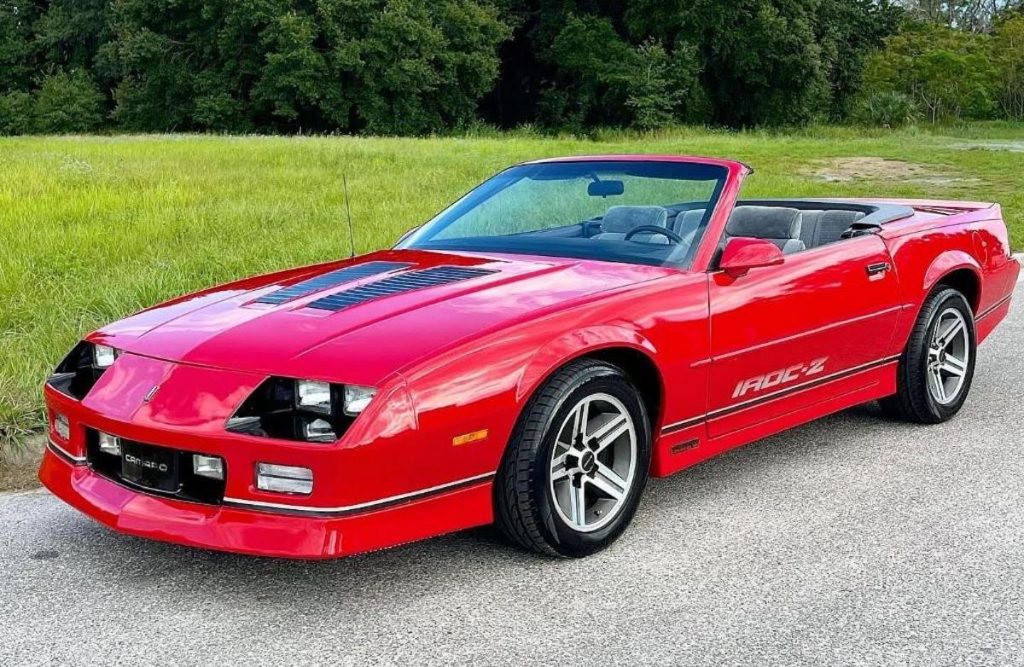
Coolest design detail: 1987 didn’t only mark the return of the (relatively) big-cube 350 to the Camaro lineup, but the first official convertible since 1969. And what a great-looking conversion it was, thanks to the efforts of ASC (American Sunroof Company), who had built up a solid reputation among automakers by delivering low-volume projects like the Buick GNX that OEMs were too big to handle.
1993-2002 – 4th Generation
If GM’s plans had come to fruition, this section would read very differently to how it does. Because the fourth-generation Camaro was going to be front-wheel drive until the proposed GM80 platform failed to meet its weight targets and floundered in crash tests.
So Chevy stuck with a tried and tested recipe for the ’93 F-body. But this was no mere facelift. The front suspension was redesigned (though the back retained a live axle), there was rack and pinion steering, anti-lock brakes and a gutsy new LT1 V8.
Related: The GM-80 Project Almost Became The First FWD Chevy Camaro And Pontiac Firebird
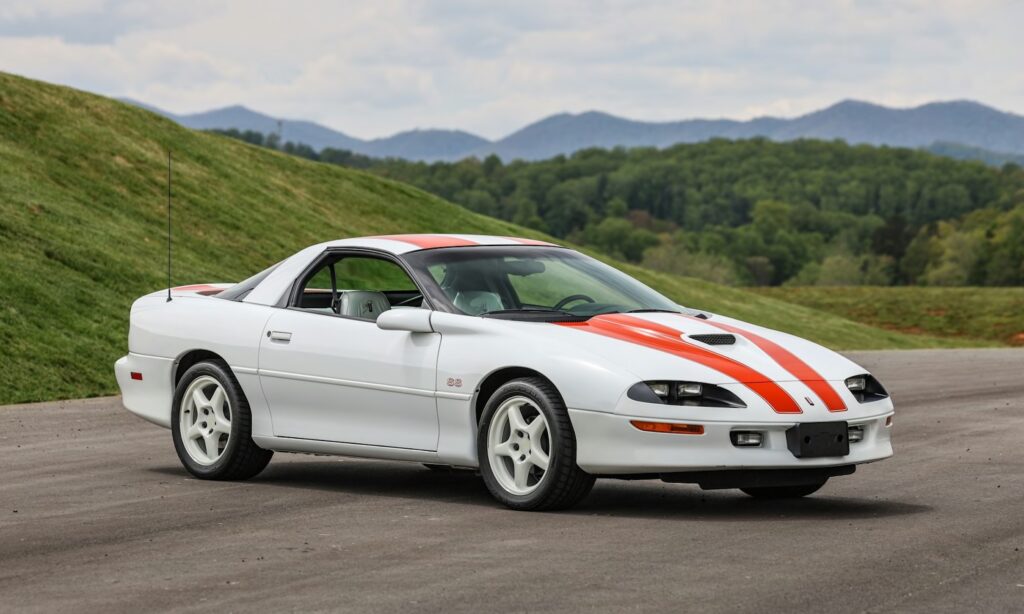
Performance highlight: V8 Camaros were strong performers right from the fourth-generation car’s 1993 debut, but things took a defining turn in 1998 when Chevy dropped in GM’s new aluminium LS1 V8. Though detuned slightly from the Corvette’s 345 hp (350 PS), the 305 hp (309 PS) it did deliver matched the output of the Mustang Cobra’s fancy DOHC V8 but without the cost and complexity.
But collectors gravitate towards 1997’s SS 30th Anniverary (pictured), a pre-facelift special that riffed on the ’69 Indy Pace car. In addition to the almost-1,000 regular anniversary cars produced, 100 hotter ones were built for the U.S. market with the help of SLP, and came equipped with a 330 hp (335 PS) LT4 V8.
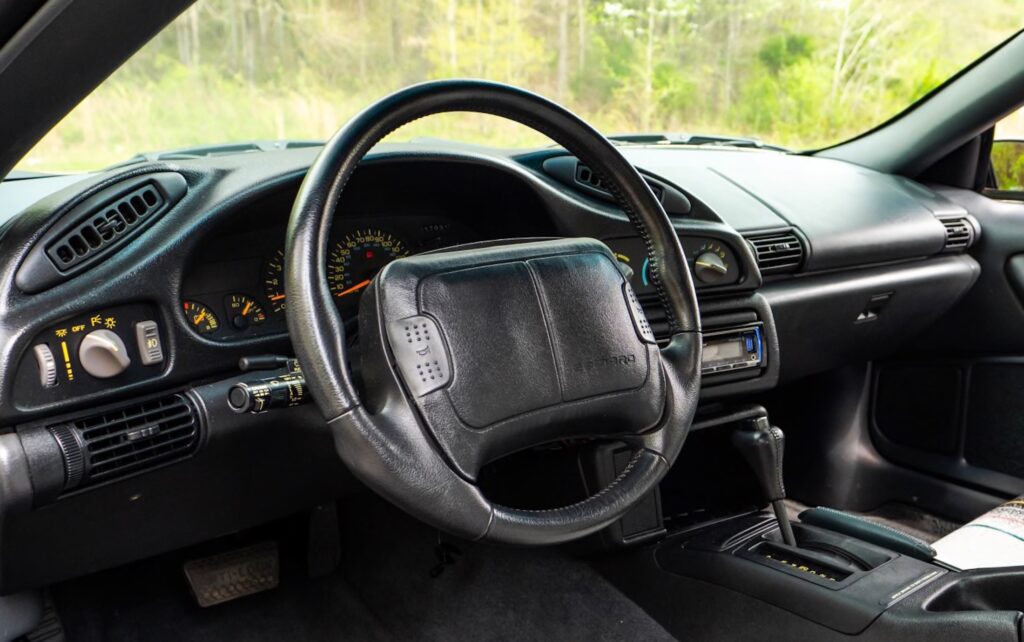
Worst moment: We could have picked the hideous two-spoke airbag steering wheel fitted to all but the latest cars (which graduated to an also-hideous, but-four-spoke version), but that’s a mere blip compared to Chevy’s decision to drop the Camaro altogether at the end of the 2002 model year, citing slow sales.
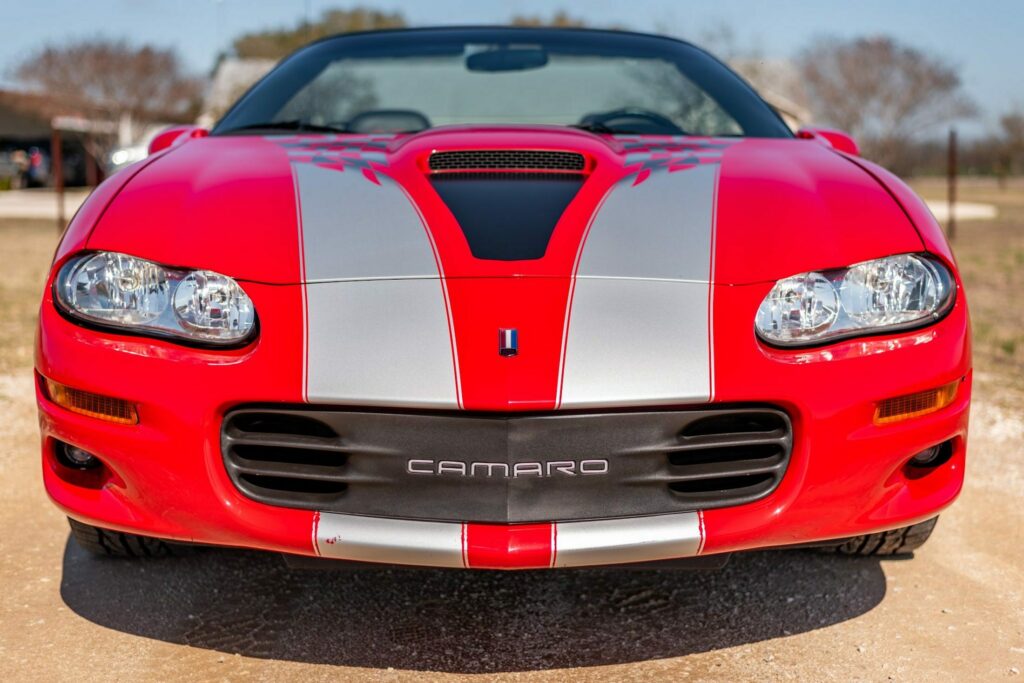
Coolest design detail: Not everyone likes the ‘catfish’ Camaro’s styling, with its long overhangs and (early model’s) sunken eyes, but you can’t hate on the SS version’s hood bulge/intake combo.
2010-2015 – 5th Generation
Talk about deja vu. The first Camaro was inspired by the phenomenal success of the original Mustang, and exactly 40 years later GM and Dodge were scrambling to resurrect their pony cars to snatch sales from Ford’s rejuvinated, retro-style machine.
The Australian Holden platform gave the fifth Camaro an independent rear end (which the Mustang didn’t have), and even the base 304 hp (308 PS) V6 made almost as much power as the Mustang GT’s V8. So with the 426 hp (432 PS) 6.2-liter SS only a tick away it’s no wonder the Chevy outsold the Mustang for its first two years.
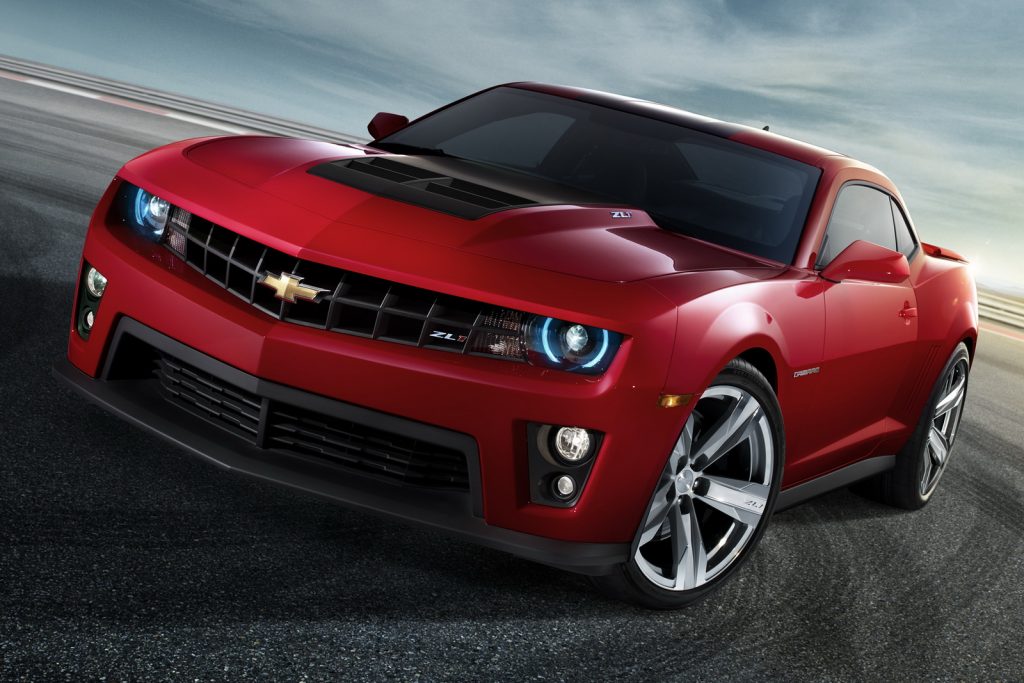
Performance highlight: The horsepower count went crazy in 2012 when Chevy launched the ZL1, complete with a supercharger and bonkers 580 hp (588 PS) rating, plus a strip-only COPO Camaro with multiple engine configurations for drag racers. By 2014, there was another hardcore Camaro option in the form of the resurrected Z28 that channeled the spirit of the 1960s original by pinching the Corvette Z06’s high-revving 7.0-liter LS7 to deliver 505 hp (512 PS), which was mated with a specially tuned chassis equipped with Multimatic spool-valve shocks.
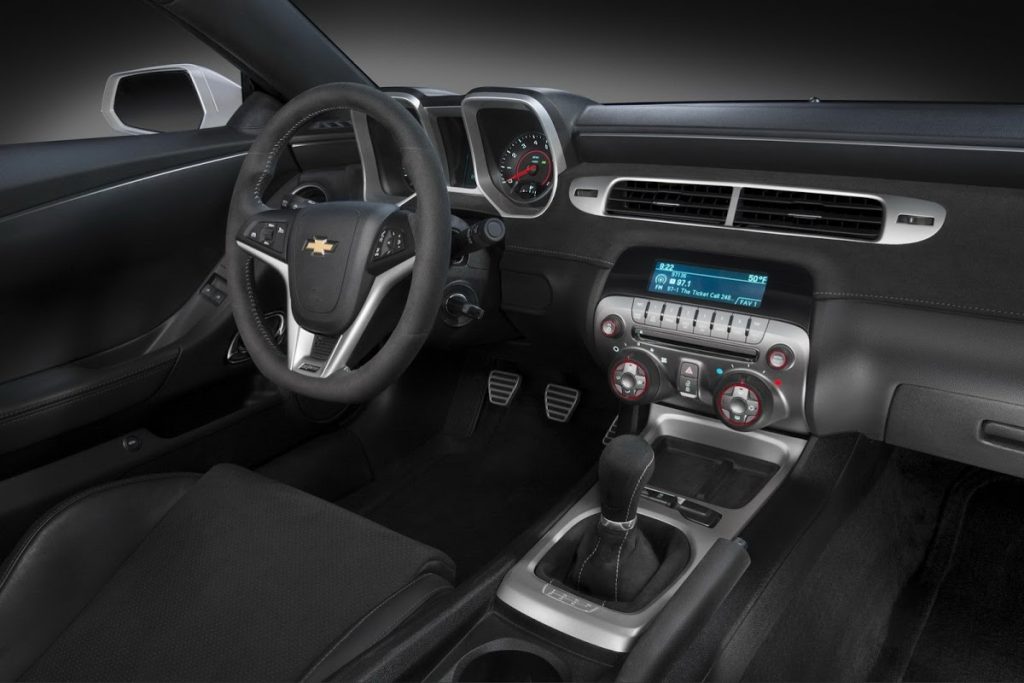
Worst moment: Trying to see literally anything going on outside the car from the driver’s seat. Those narrow windows look cool but the visibility is lousy.
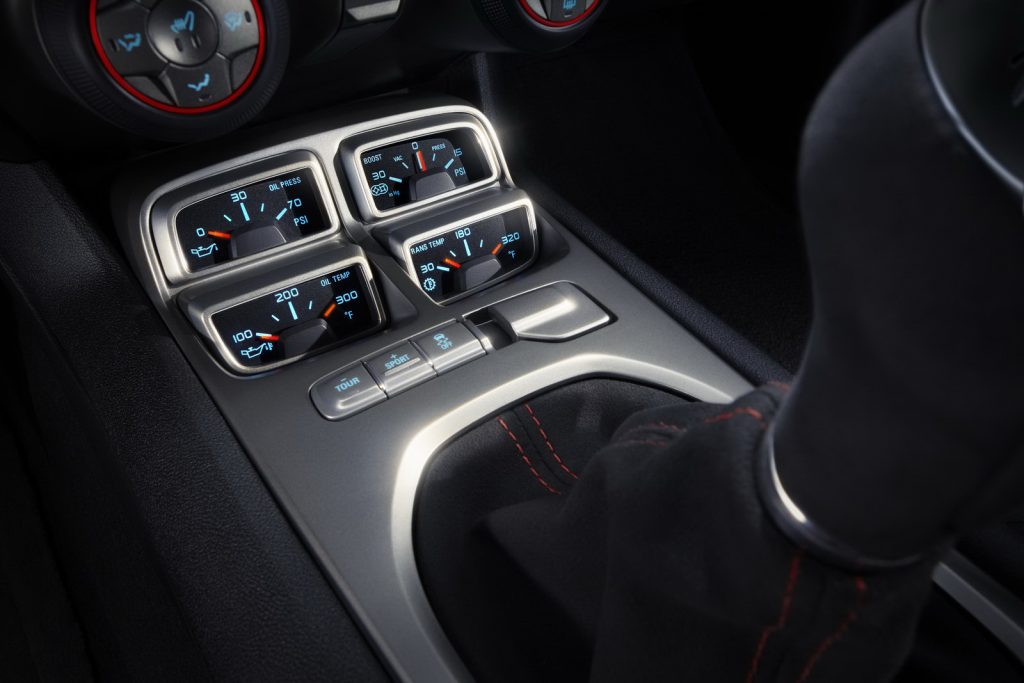
Coolest design detail: The retro gauge pack ahead of the driver, and the secondary bundle on the console that looks just like a ’69’s – and is every bit as badly sited.
2016-2023 – 6th Generation
What looked like a facelift was actually an all-new car based on GM’s Alpha platform and massively lighter than the Camaro it replaced. Four-cylinder power returned to the menu for the first time in more than 30 years, but instead of 1982’s 90 hp (91 PS), 2016’s four-banger made 275 hp (279 PS) – as much as a V8 Z28 had done on its debut in 1993.
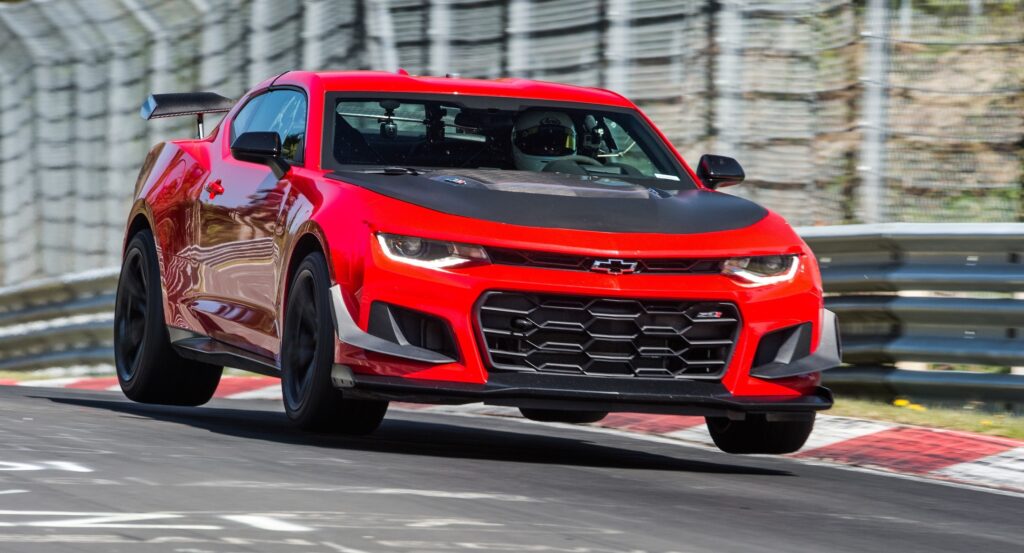
Performance highlight: There was no Z28 this time around, but who cared when the ZL1 with the 1LE package was this good? For this incarnation the supercharged 6.2-liter V8 lifted from the Corvette sent 650 hp (659 PS) and an equally epic 650 lb-ft (881 Nm) to the rear wheels through a choice of six-speed manual (yes please) or 10-speed automatic transmissions. The hardcore 1LE option added multiple aero devices, stiffer springs, trick spool dampers and more.
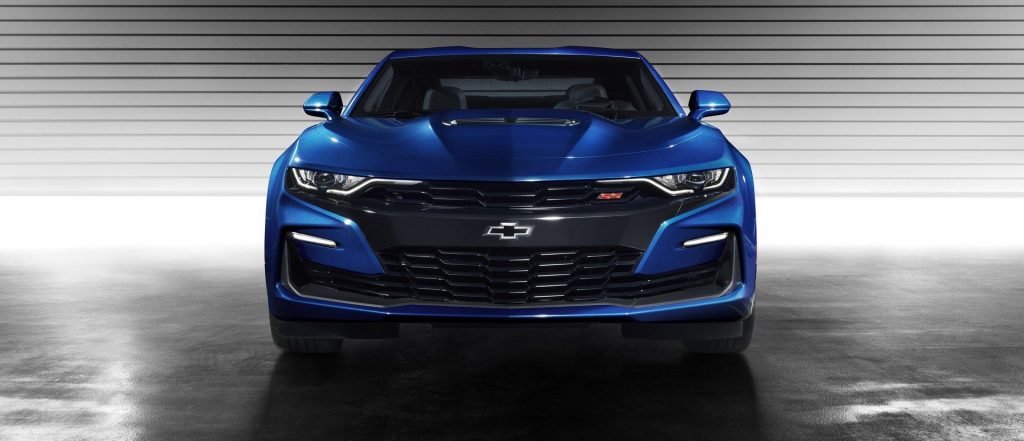
Worst moment: 2019’s disastrous redesign. The mid-cycle facelift moved the bowtie emblem from the grille to a new black panel below it that split the upper and lower grilles. It was universally panned and both features were quickly ‘fixed’ in time for the 2020 model year.
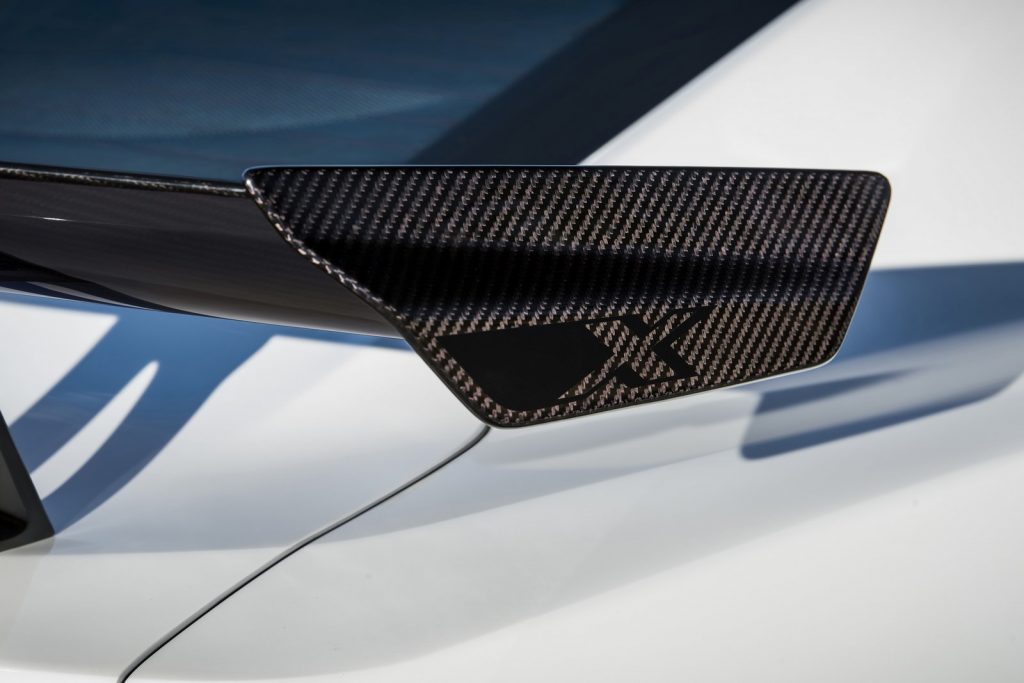
Coolest design detail: The canards, splitter and the Batman boomerang that passes for a rear wing on the ZL1 1LE, which together provide 300 lbs (136 kg) of downforce at 155 mph (250 kmh) and are one of the reasons the 1LE package saves 13 seconds around the Nurburgring.
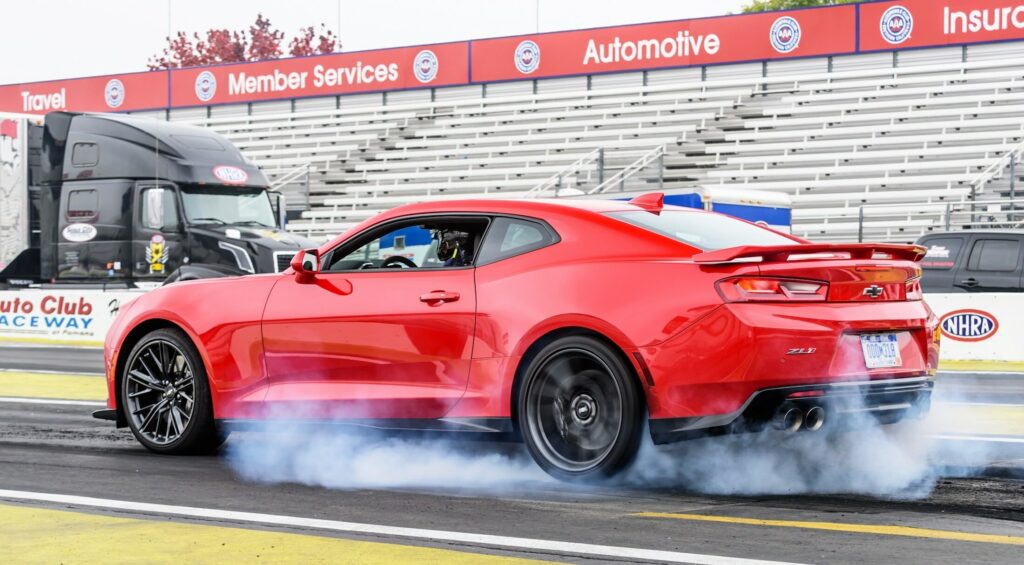
There have been plenty of highs and lows in the Camaros 57-year-long career, but they don’t get much worse than knowing we’ll never again be able to buy a new, affordable Chevy coupe with a V8 in the nose, a manual transmission and a pair of rear tires that are just begging to be vaporised.
Many of you will have a defining Camaro memory – a neighbour’s ’86 broke my V8 cherry when I was 17, but maybe you owned one, crashed one, or just lusted after one parked down the street. Whatever that memory is, let’s see it in the comments section below.
Image credits: GM, Mecum, Bring-a-Trailer



